Moth Tracker
Zoos Victoria is committed to protecting the Mountain Pygmy-possum and helping the Bogong Moth. You can help too through Moth Tracker.
Each spring, Bogong Moths start to migrate, up to 1,000 km, to Australia's alpine zone. Mountain Pygmy-possums also wake up from hibernation, hungry for the nutritious Bogong Moths to eat.
Bogong Moths usually fly to the possums’ mountain home in the billions, but their numbers have significantly decreased over recent years. This now means the moths are in peril, and there may not be enough food for these tiny possums to raise their young.
How you can help: upload a Bogong Moth sighting to Moth Tracker
It's simple: if you see a Bogong Moth, take a photo and upload it to Zoos Victoria's Moth Tracker webpage.
You may see a Bogong Moth around your home or garden; resting during the day or flying overnight.
It’s quick and easy to upload your sighting, and it will help scientists better understand the moths and if they will make it to the mountains this year. Your Bogong Moth sightings can help change the future of Critically Endangered Mountain Pygmy-possums and Endangered Bogong Moths.

Not sure if the moth you've seen is a Bogong Moth?
Upload your photo anyway and the Zoos Victoria team will verify it for you. Here's what to look for:
- Bogong Moths are small, with a body length of around 2.5 – 3.5 centimetres
- They have a dark stripe that runs down each wing
- They have a spot at the top of the stripe that is shaped like a circle
- They also have a spot at the bottom of the stripe which is shaped like a kidney
- Both spots are the same colour
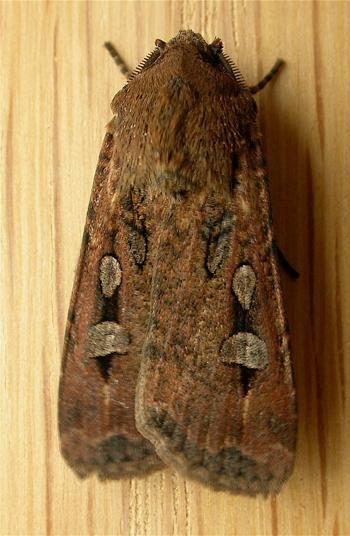
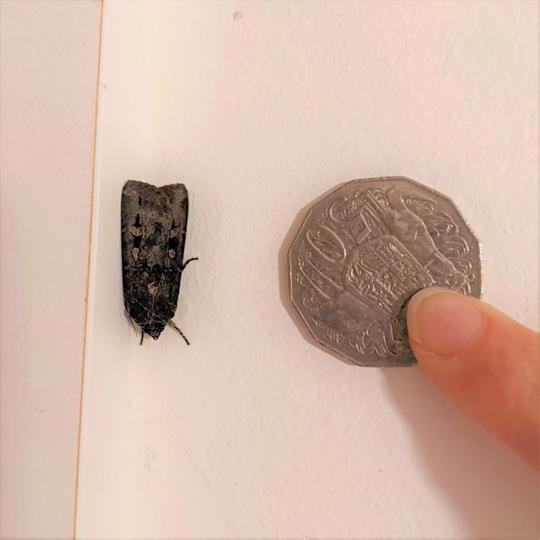
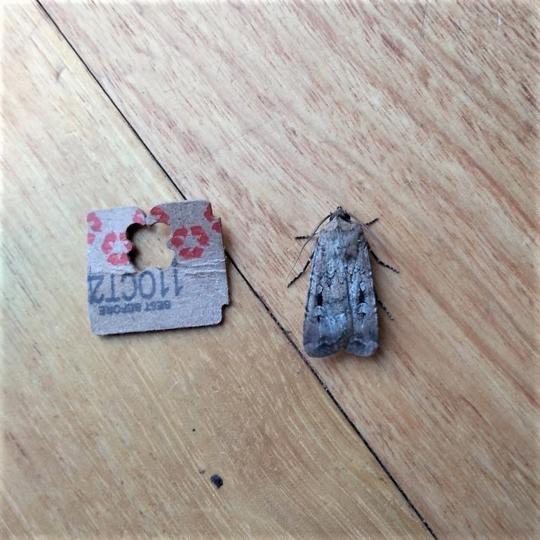
What are Mountain Pygmy-possums?
With big ears, large eyes, a curly tail and weighing only around 45g, Mountain Pygmy-possums are arguably Australia's cutest possum. They are also Australia's only hibernating marsupial, making them extra special.
They are classified as Critically Endangered, with fewer than 2,000 left in the wild and their most recent and urgent threat is the loss of their spring food source, the Bogong Moth. During spring 2018, in the worst affected population, more than 95% of females lost their young when moths largely failed to arrive.
Mountain Pygmy-possums are one of the 27 local threatened species that Zoos Victoria are fighting tirelessly to save from extinction.
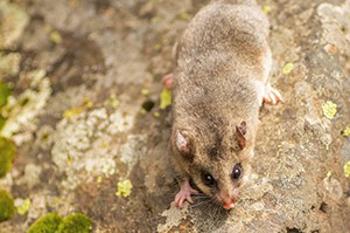
Where have the Bogong Moths gone?
Bogong Moths usually migrate in spring each year, especially from southern Queensland, central NSW and western Victoria to the Australian Alps, and then back again in autumn. Recent research suggests they may also be in South Australia, Western Australia and Tasmania, but more data is needed - including via Moth Tracker.
Bogong Moths are facing a number of threats, including extreme weather events, drought and climate change, light pollution on their migration routes, changed wide-scale agricultural practices and insecticides, predation by introduced species and habitat loss. Following an estimated 99.5% collapse, Bogong Moths were added to the IUCN Endangered Species list in December 2021. Scientists are currently working hard to understand more about the decline of Bogong Moths and how to protect the species, so with Moth Tracker, we can all do our bit to help!
During the Bogong Moth’s spring to summer migration in 2023, we received 594 moth sightings on Moth Tracker, with 291 of those confirmed to be Endangered Bogong Moths. To all the Moth Trackers out there, thank you for your support!
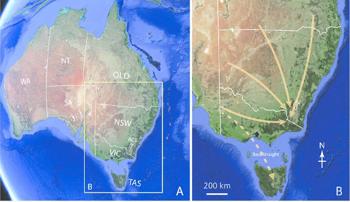
Have you seen a Bogong Moth? Submit your sighting on Moth Tracker.
What else can I do to help?
During the Bogong Moth migration periods (September to December and February to April), turn off unnecessary outdoor lights at night. This will help reduce light pollution which can make it harder for the moths to navigate their journey to and from the mountains. This will also reduce the number of moths being drawn to the lights where they can encounter threats such as predation and insecticides.
Planting native flowers and not using insecticides are also little things we can all do that can make a big difference.
And don’t forget to let us know if you think you see one! Upload your Bogong Moth sightings to Moth Tracker.
What is Zoos Victoria doing to help?
Zoos Victoria and our partners are working together to help the Bogong Moth. We share the Bogong Moth sightings submitted through Moth Tracker with experts and governments in order to aid research and conservation actions for this small but mighty insect.
Partners from universities, conservation groups, the Victorian Mountain Pygmy-possum Recovery Team, and supporting organisations, are also working hard to implement interventions in the wild.
At Zoos Victoria, interventions to help the Mountain Pygmy-possum include developing new nutritious food sources like Bogong Bikkies for use after emergencies, captive breeding and research, improving habitat connectivity and revegetation to support populations through the breeding season.
Find out more in Moth Tracker’s recent article in the Royal Society of Victoria’s Science Victoria magazine.
